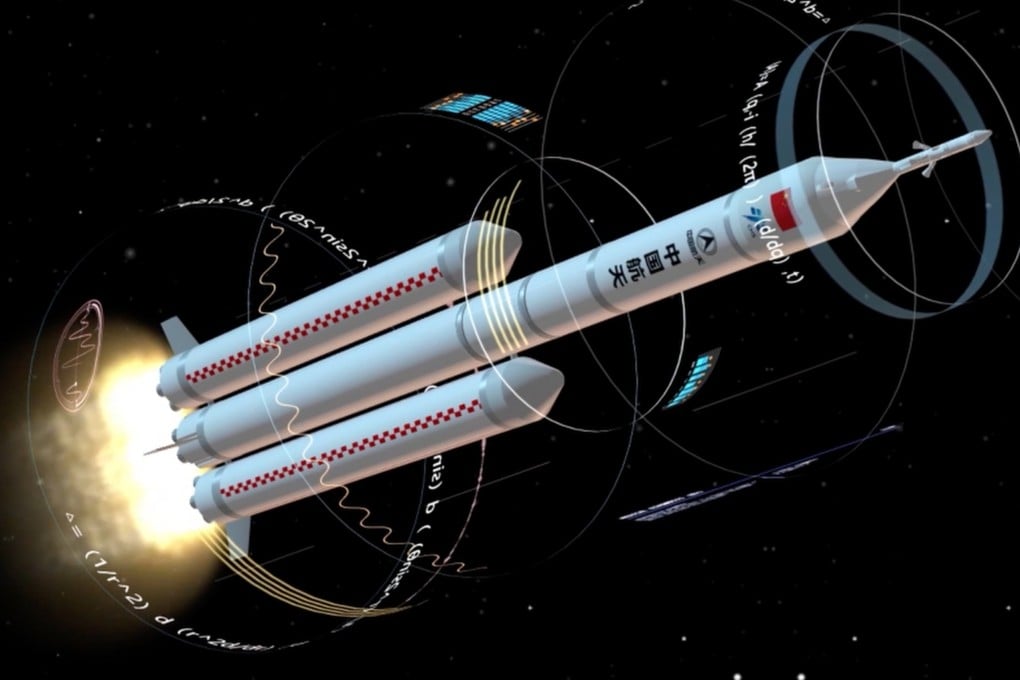Advertisement
China’s Long March-10 rocket enters ‘fast lane’ in quest to put astronauts on the moon
- Rocket passes first propulsion system test, putting Chinese space programme on track to send humans to the moon by 2030
Reading Time:2 minutes
Why you can trust SCMP
10

Ling Xinin Ohio
China has completed the first propulsion system test of its Long March-10 rocket, which will be used to land Chinese astronauts on the moon before 2030.
Three YF-100K engines for the rocket’s first stage were simultaneously ignited during Friday’s test in Beijing’s Fengtai district, according to the state-owned rocket developer China Academy of Launch Vehicle Technology (CALT).
The engines, which generated a combined thrust of 382 tonnes for several minutes, “started normally, operated steadily, and shut down on schedule”, CALT said on its official WeChat account.
It added that the rocket’s development had entered the “fast lane” of implementing large-scale, system-level tests towards its maiden flight.
The Long March-10, measuring 92.5 metres (303.5 feet) tall, is a three-stage superheavy rocket that burns kerosene and liquid oxygen.
Its first stage is five metres wide and powered by seven YF-100K engines. Along with two boosters, each also consisting of seven YF-100K engines, the rocket can generate a humongous thrust of 2,678 tonnes at lift-off.
It is capable of delivering at least 27 tonnes to an Earth-moon transfer orbit – around three times the capacity of Long March-5, China’s most powerful rocket so far.
Advertisement